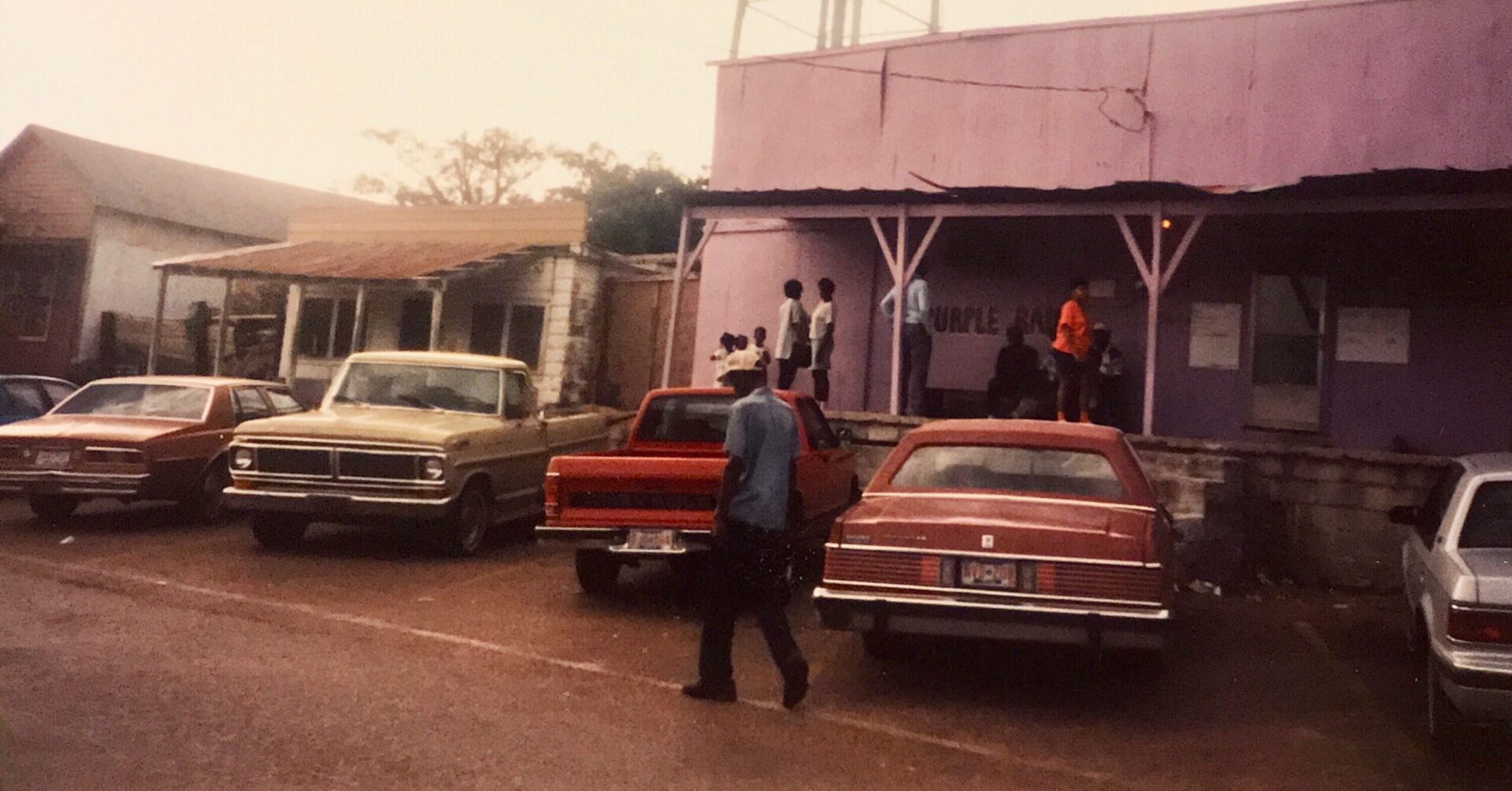





















Just across the Hardeman County line from LaGrange, Grand Junction should have fared better than it did. Its name referred to the fact that it was located at a place where the Memphis & Charleston railroad line heading toward Chattanooga met what was then the Mississippi Central Railroad heading from Jackson, Tennessee to Water Valley, Mississippi by way of Bolivar and Holly Springs. Both railroads were important, and while Bolivar was the county seat, one could have expected that a town of some significance would have grown up there, and indeed, some of the buildings suggest that Grand Junction was once a little bigger than it is today. But like all the towns I had seen on this particular Saturday, Grand Junction’s downtown was largely dead, if not quite as abandoned as some of the other towns. Again, there was a certain amount of commerce along Highway 57, which probably contributed to the problems in the old business district, and there was the National Bird Dog Museum, which is probably what the town is most famous for, as the national field trials are held annually nearby on the Ames Plantation. But downtown Grand Junction is largely empty, with a number of buildings that look as if they haven’t changed in 60 years. Unlike many of the other towns, there is also a train depot that still exists, although it seems to be undergoing renovations, and is far smaller than I would have expected in a town where two important railroads met. Here’s hoping that someone begins to think about restoring the historic downtown buildings. They would work well as restaurants or cute boutiques and antique shops.
Founded 1963 Relaunched 2019. The Postmodern South.

Good photo journal of the town. I am one of the organizers of the depot restoration project. Much history in this little depot which we hope to tell when the building is converted to a small museum and visitor center.